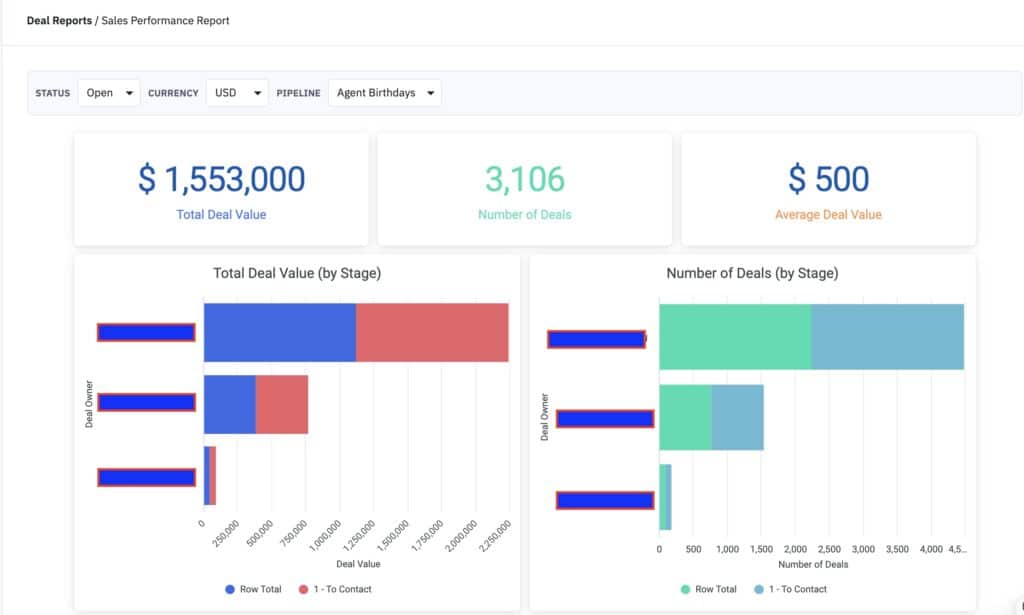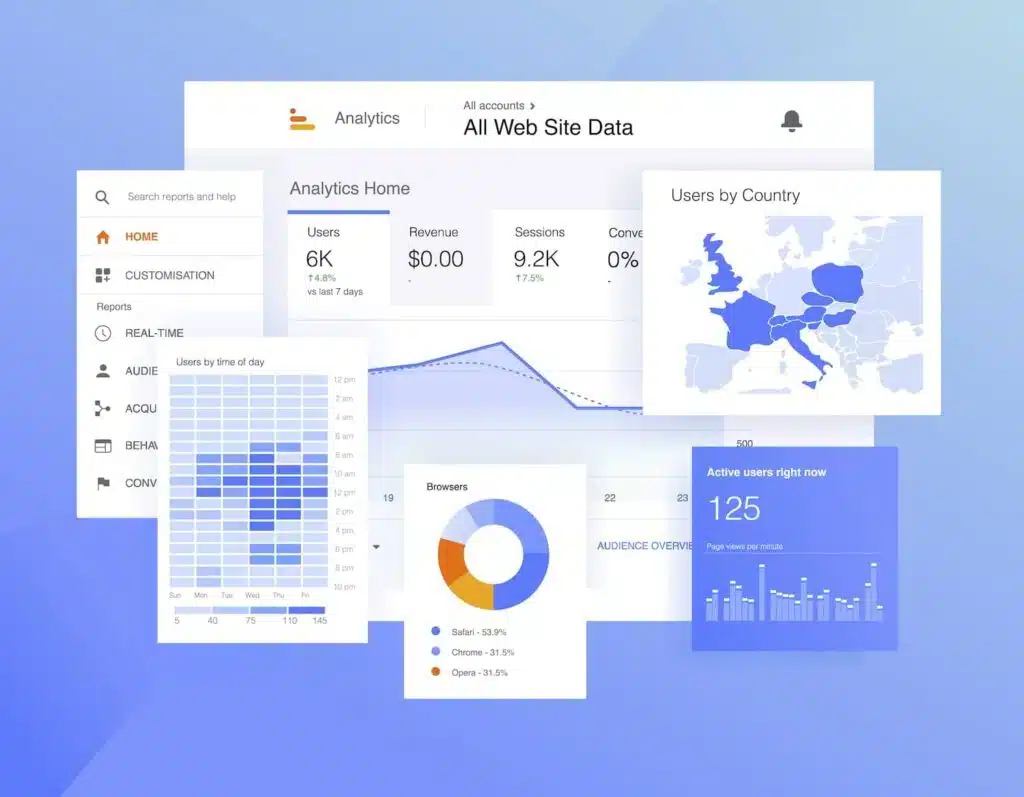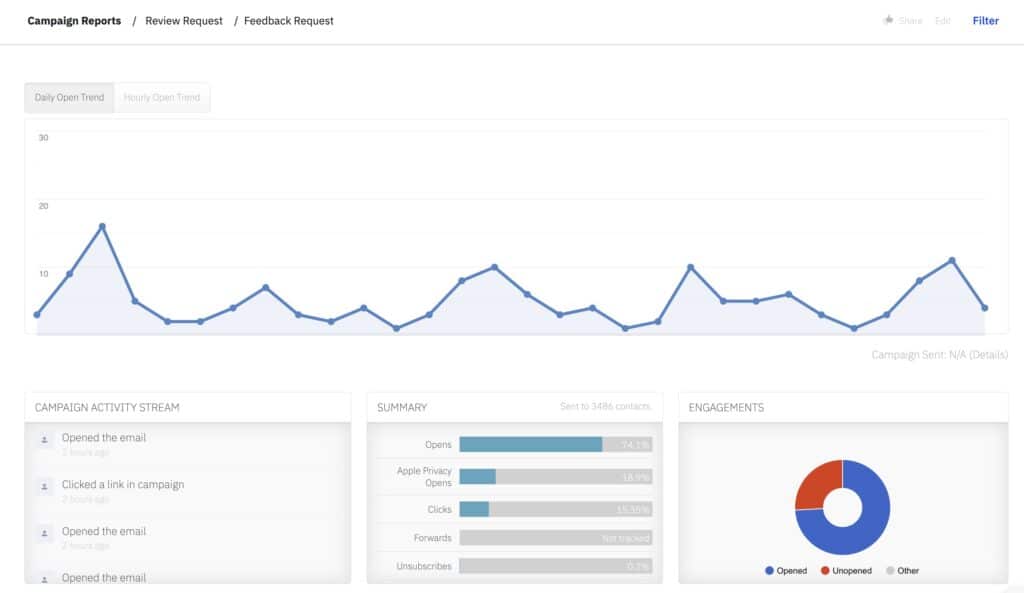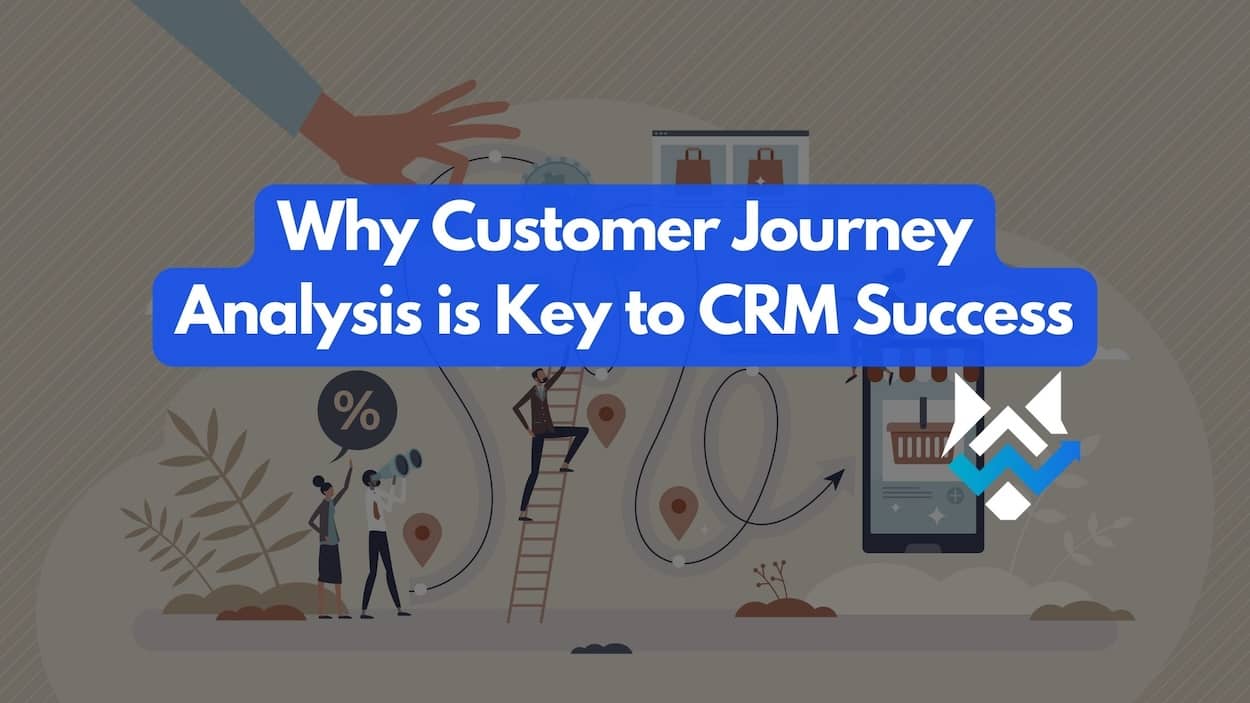Understanding your customers’ journey is crucial for any business aiming to enhance customer relationships and improve outcomes. Integrating customer journey analysis with CRM insights helps you grasp consumer behavior. This will also refine touchpoints for better marketing strategies and an enhanced customer experience.
What is Customer Journey Analysis?
Customer journey analysis tracks and interprets each step a customer takes with your brand, from first awareness to ongoing loyalty. This method sheds light on customer preferences and pain points. This also offers benefits like increased engagement and conversion rates. Statistics show businesses can see conversions improve by up to 20% with effective journey analysis.
Advantages of Customer Journey Analysis
Customer journey analysis offers numerous benefits, central to enhancing how a business interacts with its customers throughout their purchasing journey. By systematically mapping and evaluating the customer’s experience, businesses gain essential insights that enable them to pinpoint where customers encounter obstacles or friction. This analysis not only highlights these critical pain points. It also helps in diagnosing issues as they occur, providing the opportunity for real-time solutions.
The actionable data derived from customer journey analysis empowers businesses to prioritize and implement improvements effectively. Furthermore, this method allows organizations to measure the direct impact of their customer experience initiatives, ensuring that every change contributes positively to both customer satisfaction and overall business performance. This strategic approach leads to a more seamless customer experience, boosting loyalty and enhancing business outcomes.
The Impact on Business Strategy
Leveraging CRM to perform customer journey analysis provides actionable insights that can significantly influence marketing, sales, and customer service strategies. For instance, CRM analytics can reveal critical drop-off points in the customer lifecycle, enabling targeted interventions that reduce customer turnover by as much as 30%, according to recent studies.

Additionally, integrating CRM’s deal reports into this analysis enhances the precision of these insights. This allows for more effective tracking and management of sales opportunities and customer engagements. This integration helps businesses pinpoint where deals are commonly lost and identify trends in customer behavior that may impact sales outcomes, offering further opportunities to optimize the customer journey and increase retention.
Five Steps to Effectively Leverage Customer Journey Analysis for CRM Success
Customer journey analysis offers invaluable benefits for enhancing CRM success. Consequently, here’s how to leverage it in five detailed steps:
Identify and Organize Touchpoints: Begin by categorizing each customer interaction into specific journey stages: awareness, consideration, conversion, service, and advocacy. For example, awareness might include a customer clicking a link from another site, while conversion could involve setting up a paid account.
Measure Interactions Across Channels: Connect each touchpoint—whether it occurs on social media, email, your website, or within an app—to a business intelligence tool or customer data platform (CDP). This allows you to track engagement rates and analyze performance across various channels. This helps to identify the most impactful strategies for your business goals.
Implement an Attribution Program: Set up a multi-touch attribution system. This is to determine which interactions and channels contribute most to customer conversions. This process involves identifying key events and user traits that influence your business model and subsequently integrating data from various channels like Google Analytics and social media platforms.

Analyze Customer Turnover Points: Understand where and why customers customer turnover by reviewing direct feedback or analyzing indirect signs such as interactions with customer support or behavioral cues like rage clicks and session analytics. This analysis helps pinpoint dissatisfaction causes and preemptively address them.
Create a Customer Journey Map: Utilize the collected data to construct a comprehensive customer journey map. These maps visually illustrate the customer’s experience and interactions with your brand across all touchpoints and stages. They can focus on the overall relationship or specific aspects, such as the adoption of a new product feature, providing a clear roadmap for future improvements and strategies.
Essential Components of Effective Customer Journey Analysis
Effective journey analysis requires pinpointing key customer interactions and leveraging CRM analytics to process and understand this data. This approach helps businesses anticipate customer needs and tailor interactions to improve the overall experience. For example, recognizing that customers frequently seek help on social media can lead to enhanced support via these channels, potentially increasing customer satisfaction scores by over 25%.
Implementing Customer Journey Analysis
The integration of AI and machine learning with CRM systems has revolutionized customer relationship management by introducing powerful predictive analytics and automation capabilities. These technologies enhance customer interactions by accurately predicting potential upgrades and identifying risks of customer attrition. By enabling businesses to act preemptively, these insights significantly improve customer retention rates.
Several companies have reported a reduction in customer attrition by as much as 50% after implementing predictive analytics within their CRM systems. This integration not only streamlines processes but also substantially boosts customer satisfaction and loyalty.
Maximizing Customer Insights: Key Metrics for Effective Journey Analysis
Customer journey analysis utilizes a variety of metrics to provide actionable insights, each crucial for enhancing different aspects of the customer experience and business performance. Here’s a breakdown of these essential metrics:
Customer Satisfaction Score (CSAT): This metric measures users’ satisfaction with your product or service, typically on a scale from 1-10. It’s calculated by taking the average of satisfaction ratings divided by the total number of responses. CSAT helps gauge immediate customer sentiment.
Calculation: average CSAT =sum of satisfaction ratings ÷ total # of responses
Customer Lifetime Value (CLV): CLV estimates the total revenue a business can expect from a customer throughout their relationship. It is calculated by multiplying the annual revenue per customer by their lifespan in years and subtracting the customer acquisition cost. This metric aids in understanding the long-term value of customer relationships.
Calculation: CLV = (annual revenue per customer x customer lifespan in years) – customer acquisition cost
Customer Effort Score (CES): CES assesses the ease of interaction with your company by asking customers to rate their effort on a numerical scale. The score is the sum of effort ratings divided by the total number of responses, providing insight into user experience and service simplicity.
Calculation: CES = sum of effort ratings ÷ total # of responses
Session/Activity Time: Monitoring the average session time on an app or website can reveal usage trends or highlight potential issues, such as bugs or user disengagement. It’s calculated by subtracting the time when a user enters the app from the time they leave, averaged over the number of sessions.
Calculation:
- length of session time = time when the user leaves the app − time when the user enters the app
- average session time = total session time ÷ # of sessions
Bounce Rate: This metric represents the percentage of single-page visits. It measures instances where the user leaves your site after viewing just one page. It’s calculated by dividing single-page sessions by all sessions and multiplying by 100. Analyzing bounce rate helps identify whether content fulfills user needs or requires optimization.
Calculation: bounce rate = (single-page sessions ÷ all sessions) x 100
Open Rate: The open rate measures the percentage of opened emails from all emails sent in a campaign. It’s calculated by dividing the number of opened emails by the number of emails sent and multiplying by 100. This metric evaluates the effectiveness of email campaign headings and content.
Calculation: open rate = (# of opened emails ÷ # of emails sent) x 100

Conversion Rate: This metric calculates the percentage of users who have completed a desired action. Examples include downloading an ebook or signing up for a service. It’s derived by dividing the number of users who completed the action by the number exposed to it. Then, multiply the result by 100. Moreover, tracking conversion rates helps measure the success of specific marketing initiatives and calls to action.
Calculation: conversion rate = (# of users who completed a specific action ÷ # of users you exposed to that option) x 100
Enhancing Customer Retention Through CRM Insights
Customer retention is crucial for the sustained success of any business. It is often more cost-effective to maintain existing customers than to acquire new ones. By leveraging data from CRM systems, businesses can identify at-risk customers and understand the underlying reasons they may consider leaving.
This data includes indicators of customer loyalty and satisfaction such as purchase frequency, engagement levels, and feedback provided. Armed with this information, companies can design targeted retention strategies that offer personalized incentives and rewards, enhancing loyalty through proactive customer communication.
Effectively utilizing CRM insights to understand and improve the customer journey boosts customer experiences. Additionally, it drives long-term business growth. Therefore, businesses should recognize their CRM systems as invaluable assets for deepening customer relationships and enhancing engagement strategies.
Conclusion
By strategically aligning CRM strategies with customer journey analysis, companies can more effectively meet and subsequently exceed customer expectations, thereby driving significant improvements in customer satisfaction and overall business performance. Are you ready Follow us on our social media for the latest insights or contact us for a personalized consultation to get started!




